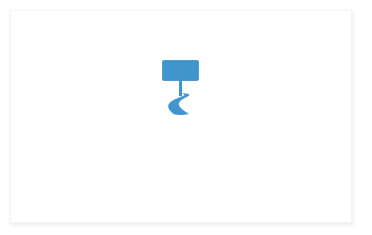Posted on June 20, 2016 by LocAdsAdmin No comments
These days, marketers and advertisers rely on data to make smart, educated decisions about how to distribute budgets and which efforts yield the highest ROIs. Analyzing online campaigns and acquisition channels has gotten easier over the last decade thanks to the wealth of technology, but it’s only within the last few years that software-based solutions have spread to call tracking, an extremely important advertising channel particularly for local marketing efforts.
What is Call Tracking?
Call tracking technology attributes inbound calls to their campaign sources, allowing advertisers to track calls, measure conversion rates and gather other call related analytics. Through call tracking software, local or toll-free “virtual” phone numbers are dynamically generated, with each number designated to a specific campaign. All of the phone numbers are ported to the business’ main number, but call tracking allows the business to identify which touch points generated qualified inbound leads.
Call tracking can easily be implemented into any campaign including traditional print marketing on a business card or flyer, online social campaigns or PPC ads, radio or tv commercials, and out-of-home (OOH) advertising opportunities such as digital billboards. OOH campaigns, in particular, have experienced incredible success with call tracking as these ads are able to leverage real-time audience and location-based data to deliver dynamic ads as people move through their days before going home.
How Can Call Tracking Be Used?
Without call tracking, the effectiveness of print media campaigns simply cannot be measured. That part is pretty straightforward but where it gets more complicated is in the case of online marketing. Let’s take a look at few practical examples.
A business wants to test out which website page is generating the most calls. By using dynamic phone numbers on each page, this can easily be measured. As another example, a business may be driving traffic to its website with the call-to-action (CTA) on the site to be a phone call. Depending on the traffic source, a specific phone number is displayed on the website.
In the case of a pay-per-click (PPC) ad using Google AdWords, for example, a local business might want to add its phone number to the ad content. A potential customer will see the ad and instead of clicking it, can just dial the phone number shown. This represents a real tracking problem as the campaign will show a low click-through-rate (CTR) but the calls keep coming in and could be mistakenly attributed to organic traffic or word-of-mouth, yet the keyword associated with the ad itself is responsible for generating calls. As a final example, with our mobile-first society showing no signs of slowing down, not tracking click-to-call call campaigns can lead to a loss of valuable data.
Call Tracking Results & Implications
Of course, measuring the volume of calls, highest converting traffic sources and other standard advertising KPIs are important to demonstrate ROI but understanding the value of campaigns can mean the difference between shutting the doors and thriving, especially as phone calls are a local business’ lifeline. Businesses can gain deep insights into their customer funnels by looking at both call length and call quality.
Call Length: It stands to reason that a lead who stays on the phone longer, is a hotter lead and more interested in your product than a caller who hangs up after a minute or two. Identifying the optimum call length will be up to each business so setting a standard and measuring if a certain traffic source yields more, longer calls is of great value.
Call Quality: Most out-of-the-box solutions offer call recording which can be a handy feature for more than just the sales team. By examining the conversation, a business can determine if they have given enough information in the online or print campaign. Routinely being asked the same questions from the same sources can show a lack of messaging or branding or the opposite – that you’re marketing pitch is spot on.
With so many advertising opportunities available to companies, it can be difficult to determine which outlets lead to the most conversions. In our mobile-first world where you can hardly find anyone whose hand isn’t tapping away at a screen, more and more businesses are moving back towards driving phone-based lead generation. Combine this with the need to make data-driven marketing and advertising decisions and call tracking becomes one of the most important tools in any marketer’s arsenal.



Comments